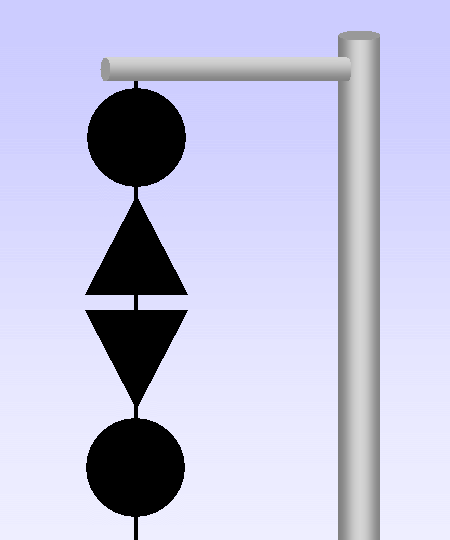Une heure plus tard, le communiqué complet (qui ne parle toujours pas des bateaux)
Iran’s Islamic Revolutionary Guards Corps (IRGC) Public Relations Department said in a statement on Wednesday that the US sailors in custody of Iran have been released in the international waters.
The aircraft carrier USS Harry S. Truman and the French Navy’s Charles de Gaulle aircraft carrier were present in the region when the sailors were detained and the US aircraft carrier had some nervous but passive air and naval reactions which were controlled powerfully and calm returned to the region, the statement added.
The US sailors had both light and half-heavy weapons with themselves, when arrested, it said.
The statement noted that US political officials in their repeated contacts with Iranian officials called the action as unintentional and called for the release of the marines.
The US marines were detained and questioned about their presence in Iran’s territorial waters in the IRGC naval base in the region, it said.
IRGC statement underlined that after technical and operational investigations of the case and in coordination with political and national security decision makers, the marines were released.
IRGC reiterated that the marines were released because they had entered Iran’s territorial waters unintentionally and they have apologized for their illegal action.
Americans guaranteed not to repeat such mistakes again, the statement said.
IRGC underlined that Iran’s navy is ready to powerfully make any sacrifice in defense of Iran’s sea borders in the Persian Gulf and Strait of Hormuz.
The US Navy boats entered Iranian territorial waters due to a broken navigation system.
IRGC Public Relations Department, in a statement, said that the US navy boats were stopped Tuesday at 4:30 PM (local time) when they entered Iranian territorial waters near Farsi Island in the middle of the Persian Gulf.
IRGC declared that the US navy boats entered Iranian territorial waters illegally.














